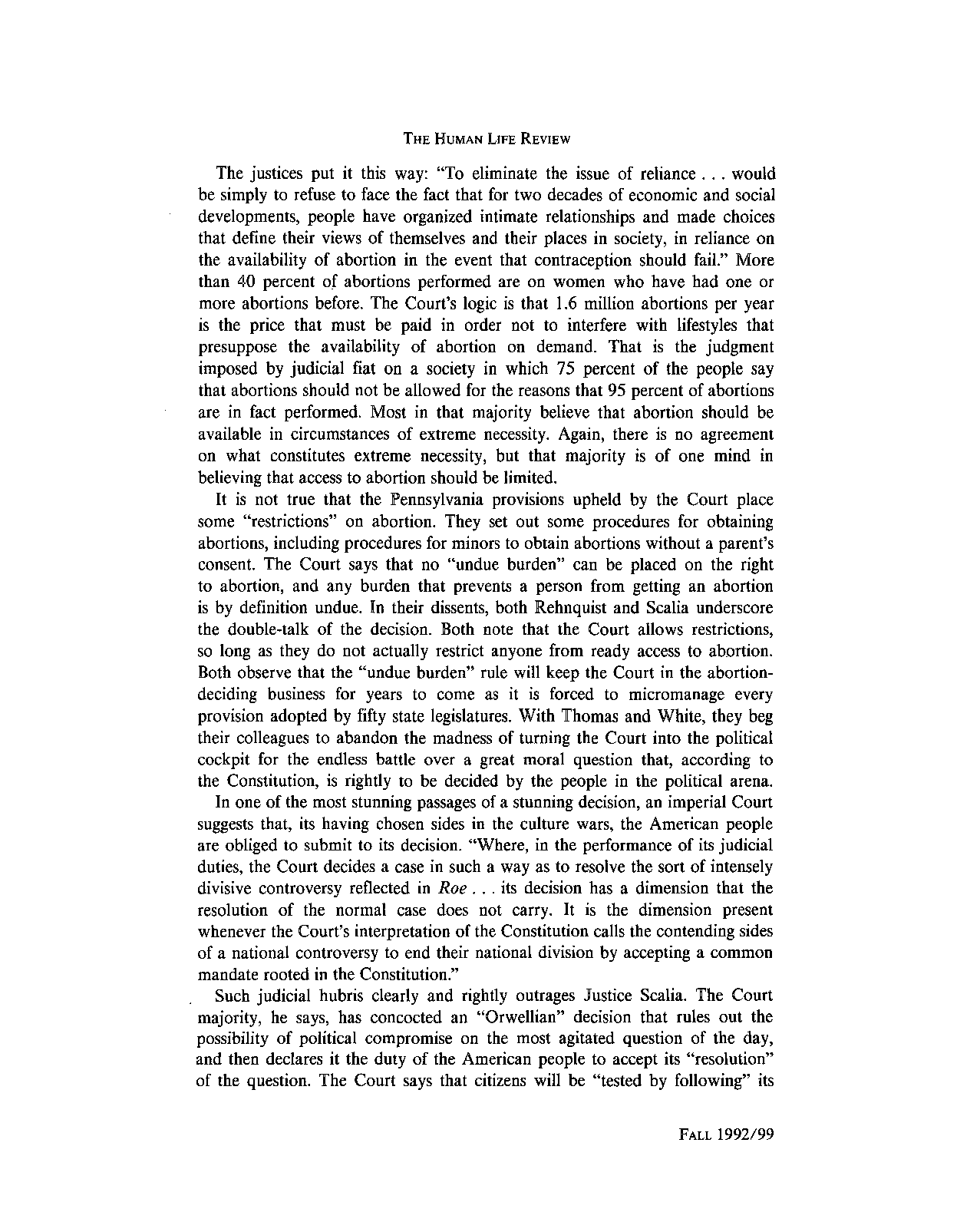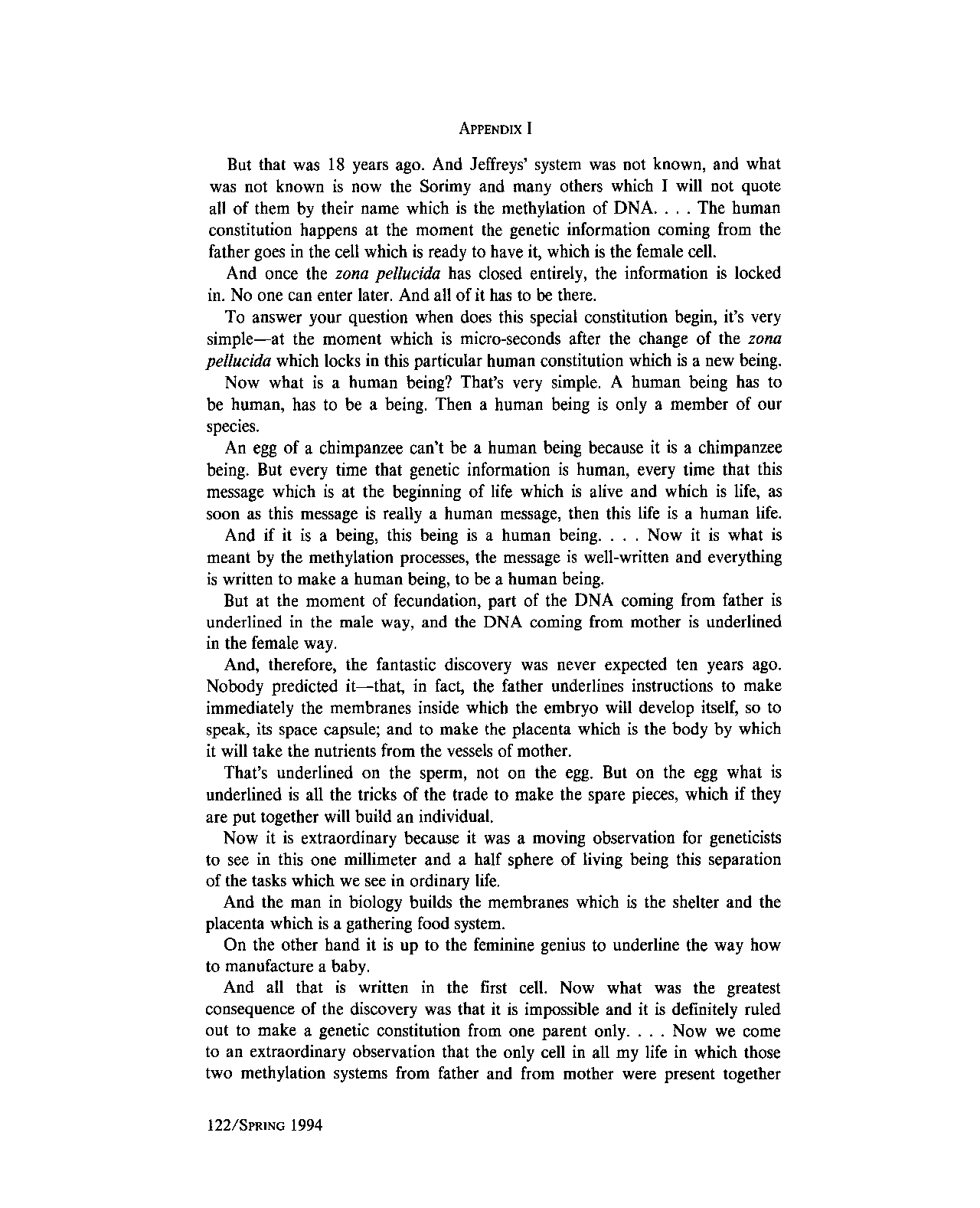
(1999), Household Consumption, Female Employment and Fertility Decisions: A Microeconometric Analysis, Dissertation, University of Tilburg. (1996), Marital Status and Health: Descriptive and Explanatory Studies, Dissertation, Erasmus University Rotterdam. (1995), Hidden Order: How Adaptation Builds Complexity, Addison-Wesley: Reading, MA.

(1980), The Analysis of Rates and Survivorship Using Log-Linear Models, Biometrics, Vol. LUBSEN (1996), Klinische Epidemiologie, Wetenschappelijke Uitgeverij Bunge: Utrecht. (eds.) (1998), Methods of Life Course Research: Qualitative and Quantitative Approaches, Sage Publications: Thousand Oaks, CA. TVERSKY (eds.) Decision Making: Descriptive, Normative, and Prescriptive Interactions, Cambridge University Press: Cambridge. (1988), Normative Theories of Decision Making under Risk and under Uncertainty. LUSCHER (eds.) Examining Lives in Context: Perspectives on the Ecology of Human Development, APA: Washington D.C.įishburn, P.C. (1995), The life Course Paradigm: Social Change and Individual Development. (1995), The Reliability of Recall Data: A Literature Review, Bulletin de Methodologie Sociologique, Vol. VILASUSO (1995), Time Aggregation and Causality Tests: Results from a Monte Carlo Experiment, Applied Econometrics Letters, Vol.

Clarendon Press: Oxford.Ĭunningham, S., & J. LELIèVRE (1992), Event History Analysis in Demography. (1990), Foundations of Social Theory, The Belknap Press of Harvard University Press: Cambridge, MA.Ĭourgeau, D., & E. (1989), The Script of Life in Modern Society: Entry into Adulthood in a Changing World, University of Chicago Press: Chicago.Ĭoleman, J.S. ROHWER (1995), Techniques of Event History Modeling: New Approaches to Causal Analysis, Lawrence Erlbaum: Mawah, NJ.īuchmann, M. Rohwer (1996), Modellierung Paralleler und Interdependenter Prozesse in der Bevölkerungswissenschaft, Zeitschrift für Bevölkerungswissenschaft, Vol. Campus Verlag: Frankfurt.īlossfeld, H.P., E. Reiter (1991), Biographische Theorie der Demographischen Reproduktion. Baltes (eds.) Longitudinal Research in the Study of Behavior and Development, Academic Press: New York.īirg, H., E.J. Nesselroade (1979), History and Rationale of Longitudinal Research. (1997), On the Incomplete Architecture of Human Ontogeny: Selection, Optimization, and Compensation as Foundation of Developmental Theory, American Psychologist, Vol. This process is experimental and the keywords may be updated as the learning algorithm improves.īaltes, P.B. These keywords were added by machine and not by the authors. A better understanding of the conceptual and analytical significance of these concepts will guide theory development, data collection, and modeling.

Basic elements are life event, time, risk and uncertainty, exposure, and interaction.

The approach is to reduce life course theories and methods to a few basic and universal elements and to investigate the use of these elements in studies of life histories. The paper aims at contributing to an integration of life course theorizing and methods of analysis. Major research questions include (a) how people organize their lives around these life events, and (b) what that means at the population level. In this perspective, life is viewed as an evolving process and demographic events are milestones or critical transitions. The life course perspective has proven to be extremely useful in studies of social and demographic change.



 0 kommentar(er)
0 kommentar(er)
